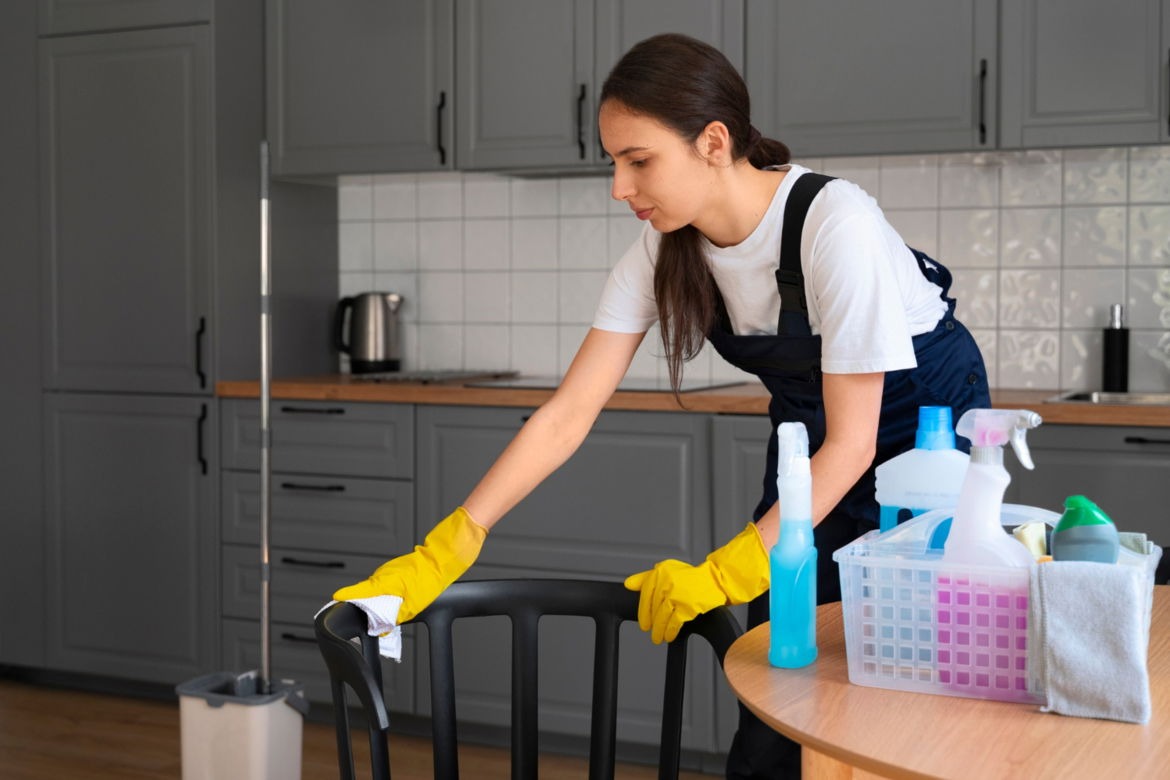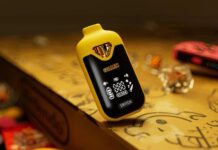Got a pest control appointment booked? Great. That’s a big step toward taking back your space from unwelcome guests like ants, spiders, or rodents. But before the professionals show up, there’s one important thing to know: how you prep your home can make a big difference in how effective the treatment will be.
Skipping the prep or doing it half-heartedly might mean pests come back quicker, or the treatment doesn’t reach the problem areas properly. The goal is to give the pest control team access to where they need to go and reduce anything that might block or dilute their treatments.
Start With a General Tidy-Up
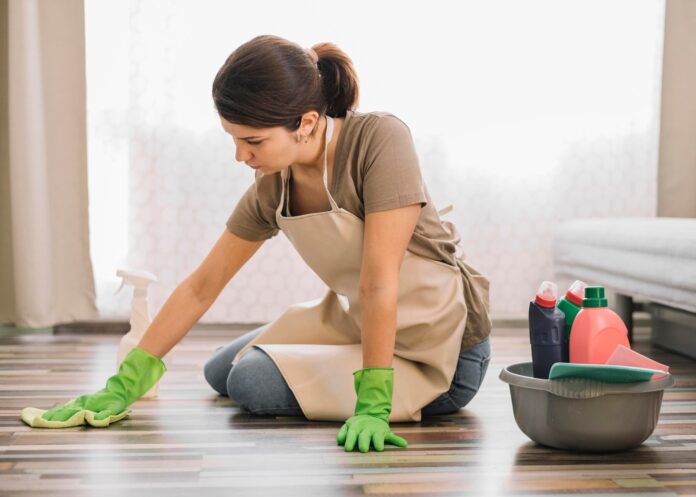
No, your house doesn’t need to be spotless. But clutter is a pest’s best friend. Piles of paper, open bags, stacks of laundry… they all give bugs and rodents somewhere to hide.
More importantly, clutter can block access to baseboards, corners, and problem zones where treatments are usually applied.
Do a sweep of your home the day before your scheduled pest control Eagle service. Clear the floor, pick up clothing, and move anything that might block access to the walls.
Focus on these key areas:
- Baseboards and corners – where many pests travel and hide
- Under sinks and appliances – moisture and crumbs attract pests
- Around doors and windows – prime entry points for bugs
You don’t need to deep clean, but get things out of the way. Think accessibility over sparkle.
Clear Out Cabinets—But Only Where It Matters
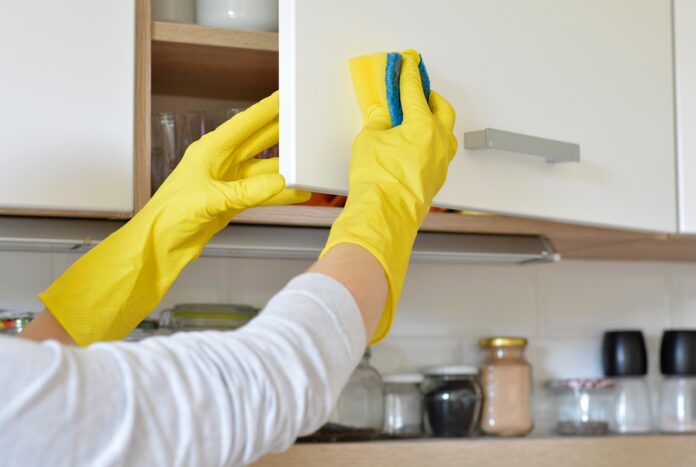
If you’re dealing with ants, cockroaches, or other insects in your kitchen or bathroom, you may be asked to empty some cabinets or drawers, especially those under the sink or near the floor. That’s because these are common nesting and foraging spots.
Take everything out and place it in sealed bags or bins away from the treatment area. Avoid leaving items like food or toothbrushes out in the open. If the pest control visit is focused elsewhere, you might not need to do this step, but it’s always good to check ahead.
Bonus tip: This is a good excuse to toss expired products or clean out old toiletries you forgot you had.
Store Food and Dishes Safely
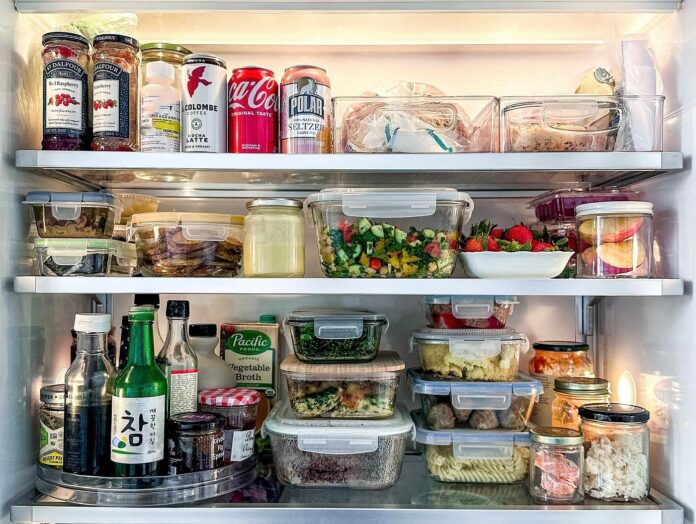
Open food? Seal it. Pet food? Store it properly. Bowls, cups, and utensils? Put them away or cover them.
Even if the pest control method isn’t particularly messy or invasive, it’s smart to protect anything that comes into contact with your food or mouth. Keep in mind that treatments might be sprayed along countertops or behind appliances, and it’s best to avoid any accidental contamination.
For dry goods, seal them in containers or store them temporarily in another room.
Move Furniture Where Possible
No need to rearrange your entire house. But if you can easily shift furniture a few inches away from the wall—like couches, dressers, or beds—it helps a lot. Many treatments focus on baseboards or the edges of carpets, and that small gap can make a big difference in access.
If you’re dealing with a serious infestation, like bed bugs or fleas, you might be asked to go further. In that case, moving beds away from walls, removing bedding, or vacuuming upholstered furniture might be part of the prep.
Always follow the specific instructions you’ve been given for the pest in question.
Secure Pets and Plan for Their Safety
Pets can’t be in the treated areas during or immediately after the visit. Even if the product used is safe for animals after it dries, pets are curious, and they might sniff, lick, or roll in places they shouldn’t.
Here’s what to do:
- Dogs or cats – Arrange for them to stay in a non-treated part of the home or have them out of the house during the visit.
- Birds, reptiles, and fish – These can be more sensitive. Cover tanks, unplug air pumps, or relocate them temporarily if advised.
- Pet food and water bowls – Remove these from the treatment area and wash them after the service is done.
Don’t forget about your pet’s bedding, toys, or litter boxes. Anything they regularly touch should be cleaned or kept clear of the treatment zones.
Make a Note of Problem Areas
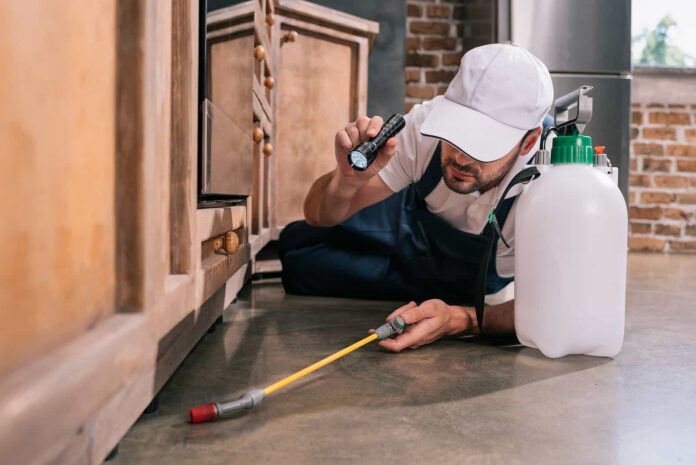
You live in the home every day, so you’ll spot things the technician might miss. Before the visit, make a list of what you’ve seen, such as droppings, chewed packaging, strange smells, or regular insect sightings. Try to note when and where these happened.
This info can help the technician pinpoint problem zones and choose the most effective treatment approach.
You can even mark these spots with a sticky note or leave a quick note near the area. It helps speed things along and ensures nothing is overlooked.
Ventilation and Access Considerations
Most modern treatments are low-odor and safe after they’ve dried. That said, it’s always smart to keep windows open if recommended or air out the space a little afterward.
Make sure keys, alarm codes, or access to side gates are sorted in advance if you’re not going to be home. If the technician can’t get into certain areas, that part of the job may go undone.
After the Visit: A Few Things to Keep in Mind
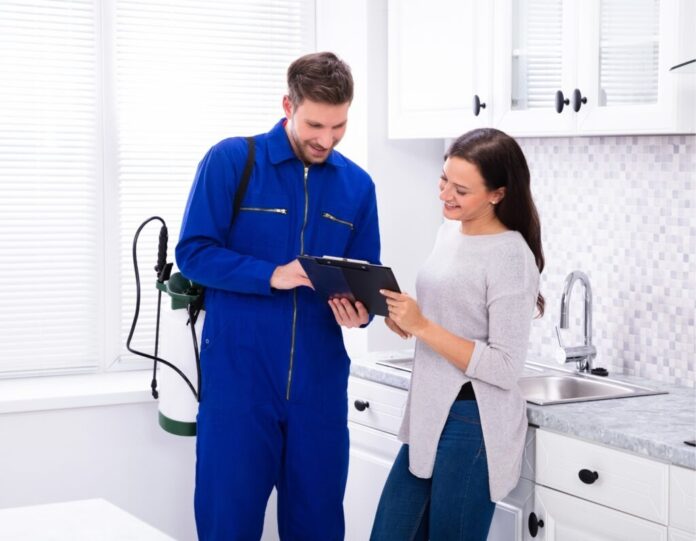
Once the treatment’s done, don’t rush to clean everything immediately. In fact, over-cleaning can reduce the treatment’s effectiveness. Many pest control products need time to work, especially bait systems or perimeter sprays.
What to do instead:
- Wait the recommended amount of time before mopping or vacuuming near treated areas
- Follow any drying times or re-entry rules given by the technician
- Keep kids and pets away from those spots until they’re fully dry
You might still see a few pests for a day or two afterward. That doesn’t mean it didn’t work. In many cases, it means the treatment is doing its job by flushing them out.
Getting the Most Out of It
A pest control visit is only part of the solution. Your prep before the visit and your follow-through after can help make sure the problem is handled thoroughly and doesn’t return.
Keep food sealed, stay on top of crumbs, fix leaks promptly, and close up entry points when possible. Pairing good habits with professional treatments creates long-term protection for your space.
If you’re not sure what to prep for your specific pest issue, don’t guess. Give the pest control company a quick call ahead of time. A five-minute chat could save you a lot of time and help make their work more effective.

